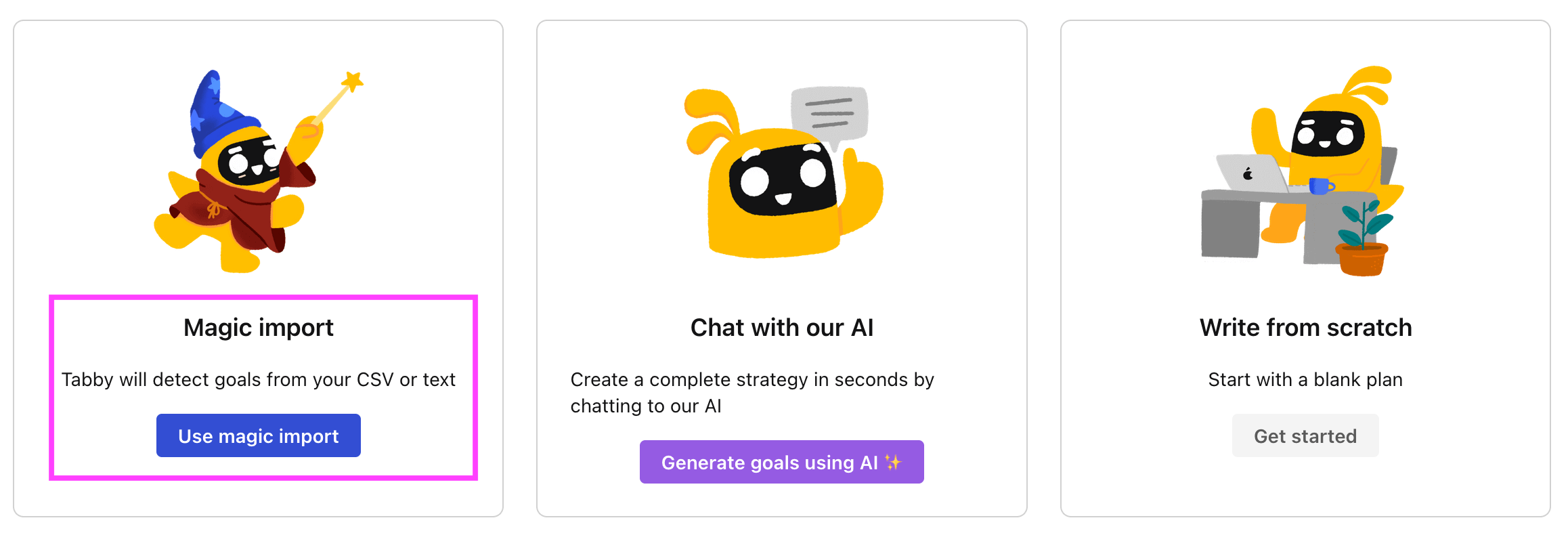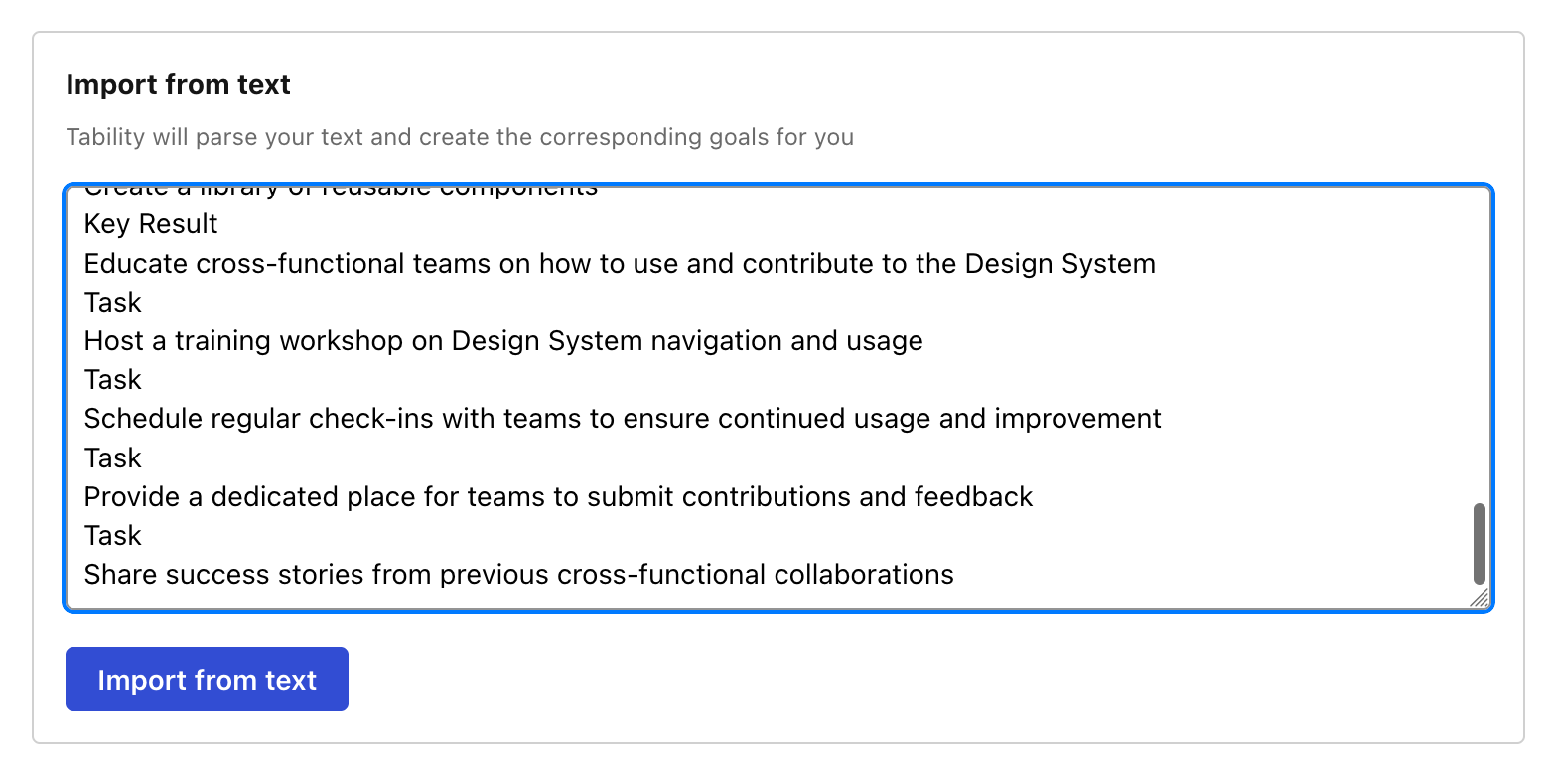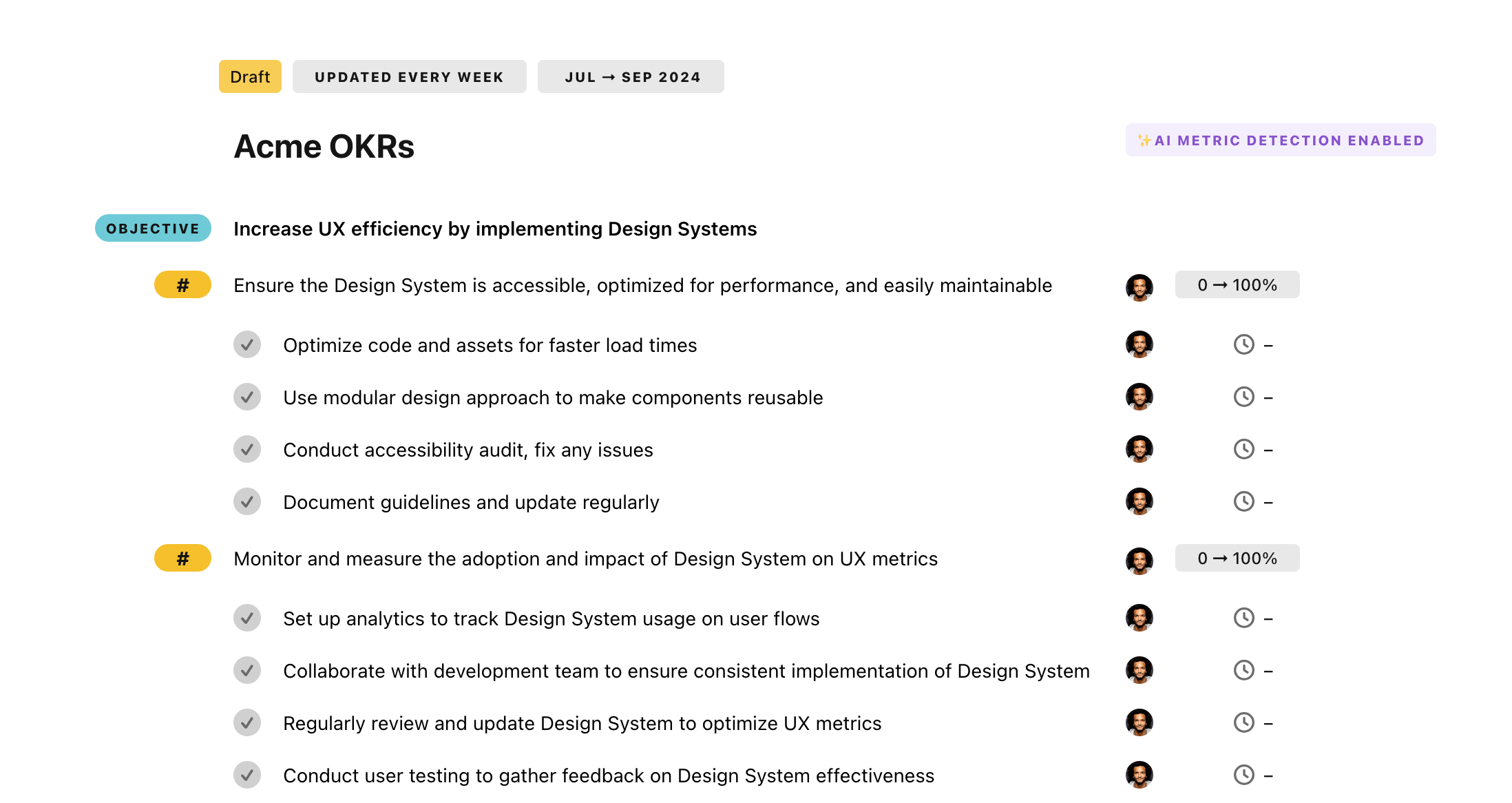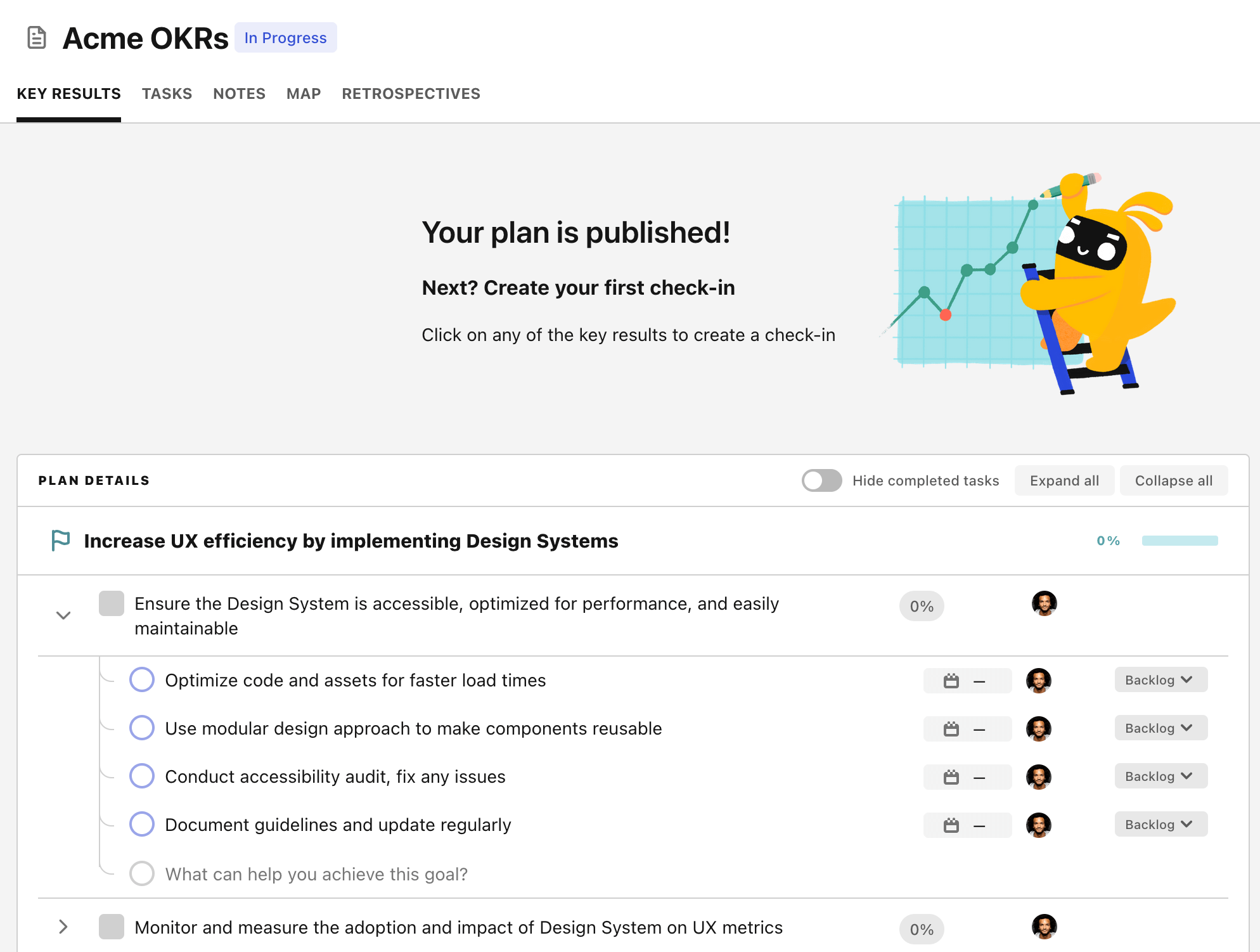OKR template to full team adoption of CRM system
Your OKR template
Secondly, it emphasises the need for team-wide comprehensive training on the CRM system functionalities by the end of week 4. This training will be done in schedule-based sessions with organized materials, and its completion will be closely monitored and followed up.
Thirdly, the OKR targets 80% of all team tasks to be performed using the CRM system by week 6. The team will be incentivized through competition to encourage CRM usage. Additional training on the benefits and functionalities of the CRM will be provided to drive home its importance.
This OKR aims to incorporate the CRM system fully into the team's operations, making tasks more seamless and effective. Importantly, it underscores the eradication of CRM-related issues, the importance of comprehensive training, and the significant percentage of tasks to be performed using the CRM system.
ObjectiveFull team adoption of CRM system
KREnsure 0% CRM-related issues are reported by the team by week 12
Establish a quick response CRM support system
Conduct weekly CRM training sessions for the team
Regularly update CRM software to avoid bugs
KRTrain 100% of the team on CRM functionalities by week 4
Define a schedule for CRM training sessions
Organize training materials for team members
Monitor and follow-up on training completion
KRAttain team-wide usage of CRM for 80% of tasks by week 6
Monitor CRM usage and provide support
Incentivize CRM usage through friendly competition
Train team on CRM functionality and benefits
How to edit and track OKRs with Tability
You'll probably want to edit the examples in this post, and Tability is the perfect tool for it.
Tability is an AI-powered platform that helps teams set better goals, monitor execution, and get help to achieve their objectives faster.
With Tability you can:
- Use AI to draft a complete set of OKRs in seconds
- Connect your OKRs and team goals to your project
- Automate reporting with integrations and built-in dashboard
Instead of having to copy the content of the OKR examples in a doc or spreadsheet, you can use Tability’s magic importer to start using any of the examples in this page.
The import process can be done in seconds, allowing you to edit OKRs directly in a platform that knows how to manage and track goals.
Step 1. Sign up for a free Tability account
Go tohttps://tability.app/signup and create your account (it's free!)
Step 2. Create a plan
Follow the steps after your onboarding to create your first plan, you should get to a page that looks like the picture below.

Step 3. Use the magic importer
Click on Use magic import to open up the Magic Import modal.
Now, go back to the OKR examples, and click on Copy on the example that you’d like to use.

Paste the content in the text import section. Don’t worry about the formatting, Tability’s AI will be able to parse it!

Now, just click on Import from text and let the magic happen.

Once your example is in the plan editor, you will be able to:
- Edit the objectives, key results, and tasks
- Click on the target 0 → 100% to set better target
- Use the tips and the AI to refine your goals
Step 4. Publish your plan
Once you’re done editing, you can publish your plan to switch to the goal-tracking mode.

From there you will have access to all the features that will help you and your team save hours with OKR reporting.
- 10+ built-in dashboards to visualise progress on your goals
- Weekly reminders, data connectors, and smart notifications
- 9 views to map OKRs to strategic projects
- Strategy map to align teams at scale